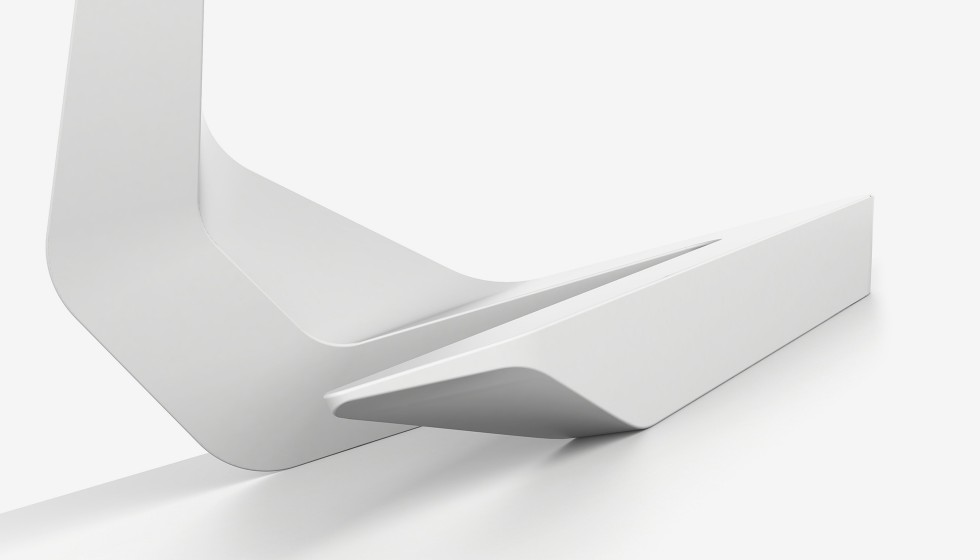Simplexity is the art of making complicated things easy. It thus consists in developing a simple response to a complex problem. To be simple without being simplistic, the job of a designer is to find a solution integrating the maximum complexity in an envelope as simple as possible in order to collect the maximum amount of constraints behind the most evident facade to understand and use. A simplex form is one seemingly simple but incorporating invisible complexity. The objective is to provide the user an object devoid of any complication. The more the objects are simple to use, the more the approach of the user becomes intuitive, easy and natural. A “simplex” object therefore has a seemingly simple appearance but cleverly integrates its functionality.
“Simplex” is a neologism that combines two words: Simple and Complex.
From an industrial perspective, this implies erasing as many as the rough edges of an object in order to make it as accessible as possible. Nobody needs to add complexity into daily living, however everyone is led to find the best solutions to make life easier. Simplexity is a philosophical concept that has a practical application: making simpler what is too complicated.
The mere appearance of an object is very complex to achieve. I could also draw a parallel with a classical dancer which ideally illustrates what constitutes Simplexity… We should not see the work that underlies the purity of the movement, we should not feel the effort behind the beauty of a gesture, that should appear to the viewer as simple as possible. Simplexity will consist for the dancer to erase the complexity of her work to provide the public with a smooth, perfectly controlled appearance without ever showing the burdens involved. For an object, it is the same thing, it should do us a service very thoroughly and without making it look like it. We do not want an object to show us what lies behind its design and manufacture.
My job is to offer the consumer an object without any complication that gives the appearance of simplicity because it cleverly integrates the constraints. This amounts to seeking a simple yet effective way to solve a problem. To do this I am trying to integrate complex technology, new technical possibilities, new manufacturing processes and innovative materials, all within a balanced shell for the consumer.
The simplest objects are the ones which remain the most difficult to achieve from an industrial point of view. Objects that appear to be easy to make are always born from a long design and thinking process. When looking at the lamp “Everywhere” drawn for Artemide, simplicity hides a tremendous job. It is precisely because we do not think for a moment that I worked for over a year to find the fairest solution… All for the better!
